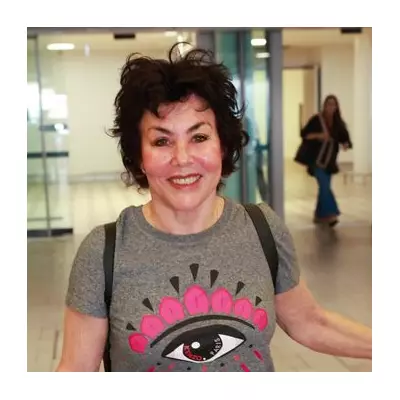
The future of Melbourne's pioneering supervised injecting room in North Richmond remains shrouded in uncertainty as the state government extends its decision-making timeline, leaving communities divided and vulnerable residents in limbo.
A Facility Under Scrutiny
Established as a two-year trial in June 2018, the North Richmond safe injecting service was designed to combat the area's escalating drug crisis. The facility allows individuals to consume illicit substances under medical supervision, aiming to prevent fatal overdoses and reduce public drug use.
Despite saving numerous lives through immediate medical intervention, the centre has become a flashpoint for community conflict. Local residents and business owners report ongoing concerns about persistent drug dealing, discarded needles, and anti-social behaviour in surrounding streets.
The Human Cost
Recent statistics reveal the complex reality of the facility's impact. While the service has successfully managed over 6,000 potential overdoses since opening, drug-related deaths in the immediate vicinity have continued, with six fatalities recorded near the centre last year alone.
"Every life saved matters," stated a health department spokesperson, "but we must balance this against broader community wellbeing and safety concerns."
Political Crossroads
The Victorian government now faces mounting pressure from multiple directions. Health advocates and harm reduction specialists urge expansion and permanency for the service, citing overwhelming evidence of its life-saving effectiveness. Meanwhile, community groups and opposition politicians demand either relocation or complete closure.
Premier Jacinta Allan's administration has postponed crucial decisions until early 2025, awaiting further analysis from an independent panel reviewing the facility's operations and community impact.
Broader Implications
The North Richmond experiment represents a critical test case for drug policy reform across Australia. Other states are closely monitoring developments as they consider similar harm reduction approaches to their own drug crises.
As the debate intensifies, the fundamental question remains: can public health objectives and community safety coexist, or must one inevitably compromise the other?





